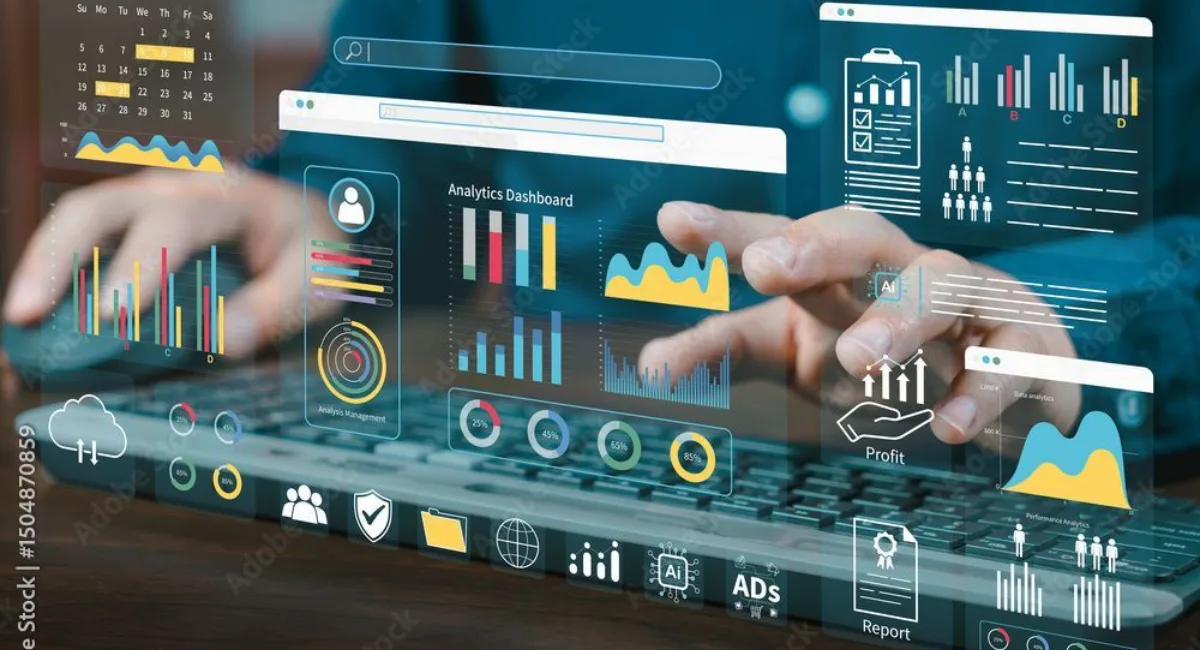Introduction to Predictive Analysis Tools
Nowadays, in a busy digital environment, data help business keep at the top of the competition. The raw data however are not valuable by themselves without effective analysis and interpretation. At this point, predictive analysis tools are very important.
Predictive analytics involves the application of statistical algorithms, machine learning models and data mining techniques to determine future results on the basis of past data. Using predictive analysis tools, a company can make intelligent decisions, estimate risks, and develop growth strategies.
In this blog, we will explore:
What are predictive analysis tools?
· Their advantages and uses.
· Features desired in such tools.
· The finest predictive analysis instruments in 2025.
· Difficulties and trends to come.
What Are Predictive Analysis Tools?
Predictive analysis tools are software applications that analyze current and historical data to forecast future events. These tools use techniques like:
- Regression analysis
- Decision trees
- Neural networks
- Machine learning algorithms

They help businesses answer critical questions such as:
- What products will customers likely buy next?
- Which clients are at risk of leaving?
- How can we reduce supply chain delays?
By using predictive analysis tools, companies can make data-driven decisions rather than relying on guesswork.
Benefits of Using Predictive Analysis Tools
- Improved Decision-Making
Businesses gain real-time insights and forecasts for better strategic planning. - Cost Optimization
Predictive tools help reduce unnecessary expenses by identifying inefficiencies. - Enhanced Customer Experience
Companies can predict customer needs, personalize offers, and improve satisfaction. - Risk Management
Organizations can anticipate fraud, system failures, or financial risks. - Competitive Advantage
Businesses that leverage predictive analysis tools can innovate faster and outperform competitors.
Key Features of Predictive Analysis Tools
When choosing a tool, businesses should look for:
- Ease of Use: Intuitive interface and visualization capabilities
- Integration: Compatibility with CRM, ERP, and cloud systems
- Machine Learning Support: AI-driven predictive modeling
- Scalability: Ability to handle large datasets
- Security: Strong data governance and compliance support
- Real-Time Analytics: Quick forecasting for timely decision-making
Applications of Predictive Analysis Tools
- Healthcare
Predictive tools help doctors forecast patient risks, optimize treatments, and manage hospital resources. - Finance
Banks use predictive analytics for fraud detection, credit scoring, and risk assessment. - Retail and E-commerce
Retailers predict demand, optimize inventory, and create personalized offers. - Manufacturing
Predictive maintenance reduces equipment downtime and increases efficiency. - Education
Schools forecast student performance and create personalized learning paths. - Marketing
Businesses predict consumer behavior and optimize campaigns.
Best Predictive Analysis Tools in 2025
Here’s a list of the most popular predictive analysis tools:
A leading tool for advanced statistical analysis and machine learning.
- User-friendly drag-and-drop interface
- Wide range of predictive models
- Ideal for finance, healthcare, and marketing
2. SAS Advanced Analytics
Known for its robust predictive modeling capabilities.
- High accuracy models
- Real-time decision-making support
- Strong data governance features
3. RapidMiner
An open-source predictive analysis tool.
- Visual workflow designer
- Pre-built machine learning algorithms
- Popular among researchers and small businesses
4. Microsoft Azure Machine Learning
Cloud-based predictive analysis platform.
- Easy integration with Microsoft ecosystem
- Scalable for big data analysis
- Suitable for enterprises
5. Alteryx
A powerful self-service predictive analytics tool.
- No-code and low-code features
- Data blending and advanced modeling
- Used across multiple industries
6. Tableau with R/Python Integration
Known for data visualization and forecasting.
- Real-time dashboards
- Predictive modeling with integration
- Easy to use for business analysts
7. Google Cloud AI Platform
AI-powered predictive analysis solutions.
- Machine learning model deployment
- Scalable cloud infrastructure
- Used by startups and enterprises alike
How to Choose the Right Predictive Analysis Tool
- Define Business Goals: Clarify what outcomes you want to predict.
- Check Data Compatibility: Ensure the tool supports your data formats.
- Evaluate Cost: Balance between budget and features.
- Test Scalability: Choose a tool that grows with your business.
- Consider Support: Look for vendor support and community resources.
Challenges in Using Predictive Analysis Tools
Read:Top AI Tools Every Solo Founder Should Know in 2025
- Data Quality Issues
Inaccurate or incomplete data can lead to wrong predictions. - High Costs
Enterprise-grade tools may require significant investment. - Lack of Skilled Professionals
Businesses may struggle to find experts in data science. - Privacy Concerns
Sensitive data must be protected with compliance measures.
Future Trends in Predictive Analysis Tools
- AI Integration: More tools will integrate deep learning and AI.
- Real-Time Forecasting: Businesses will demand instant predictions.
- Automated Insights: Self-learning tools will reduce manual intervention.
- Cross-Industry Applications: Predictive analytics will expand into agriculture, energy, and public services.
Conclusion
Predictive analysis tools have ceased to become optional-they are necessary in businesses that aspire to grow and be competitive. In the healthcare sector as well as in retail, these tools offer practical insights, minimize risks, and enhance decision-making.
Since data is ever-increasing, one of the best decisions that businesses will make during 2025 is to invest in the most appropriate predictive analysis tool.



